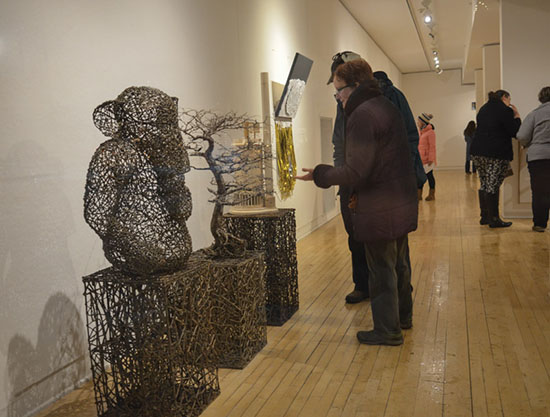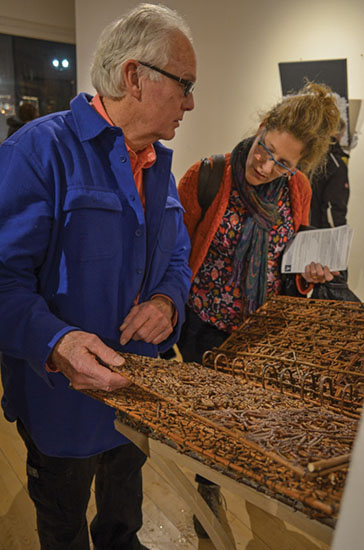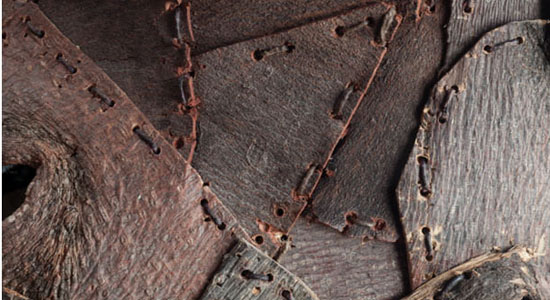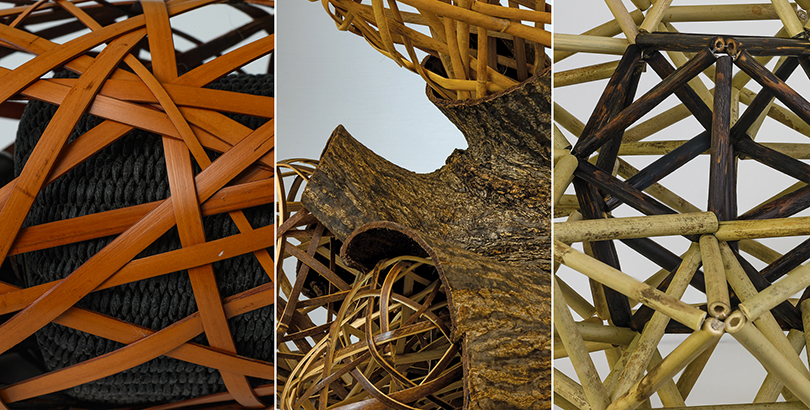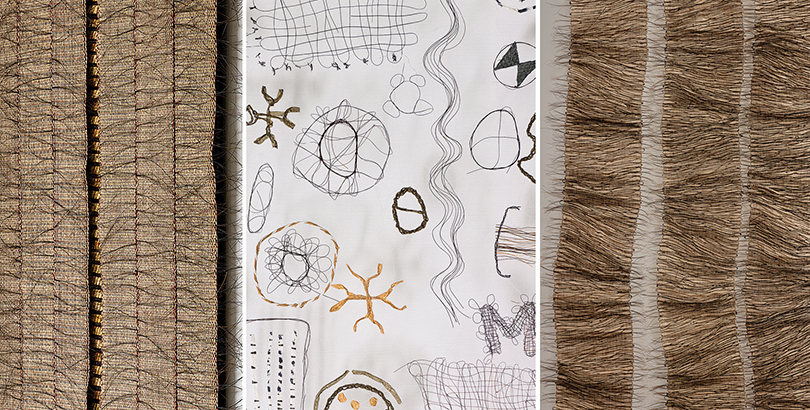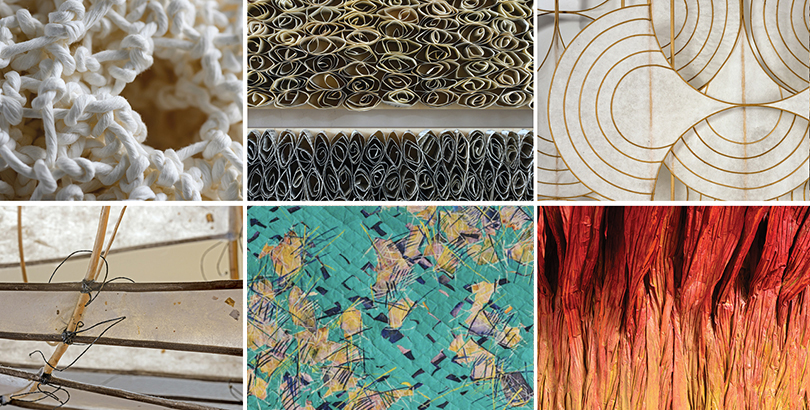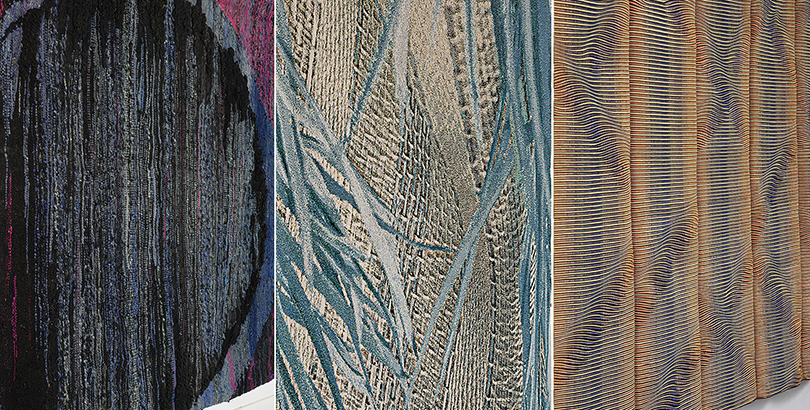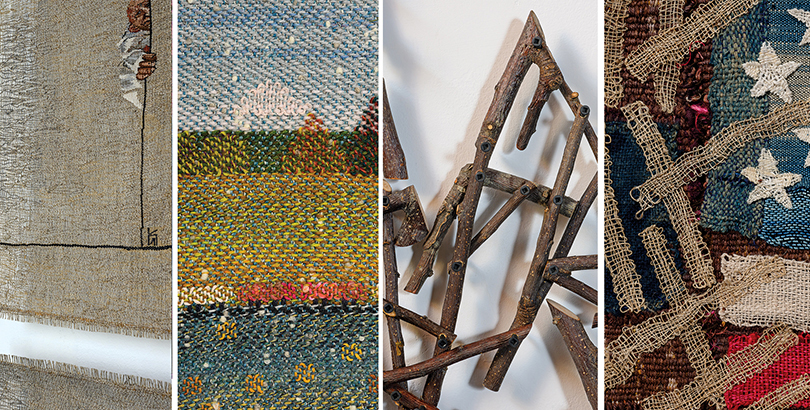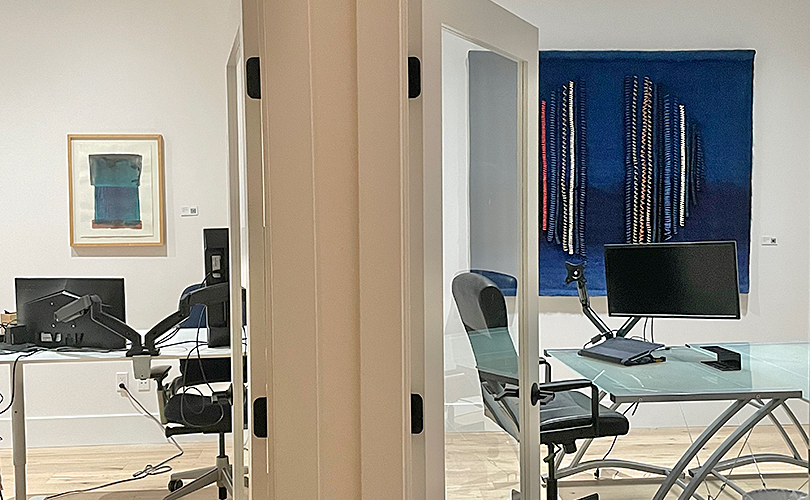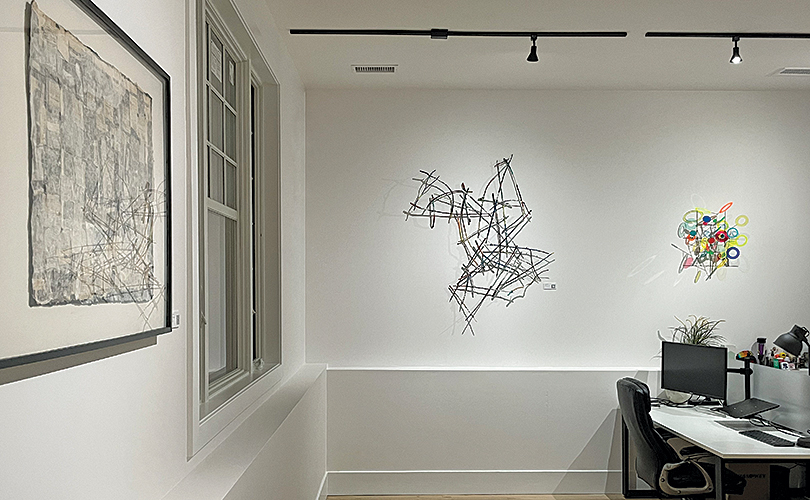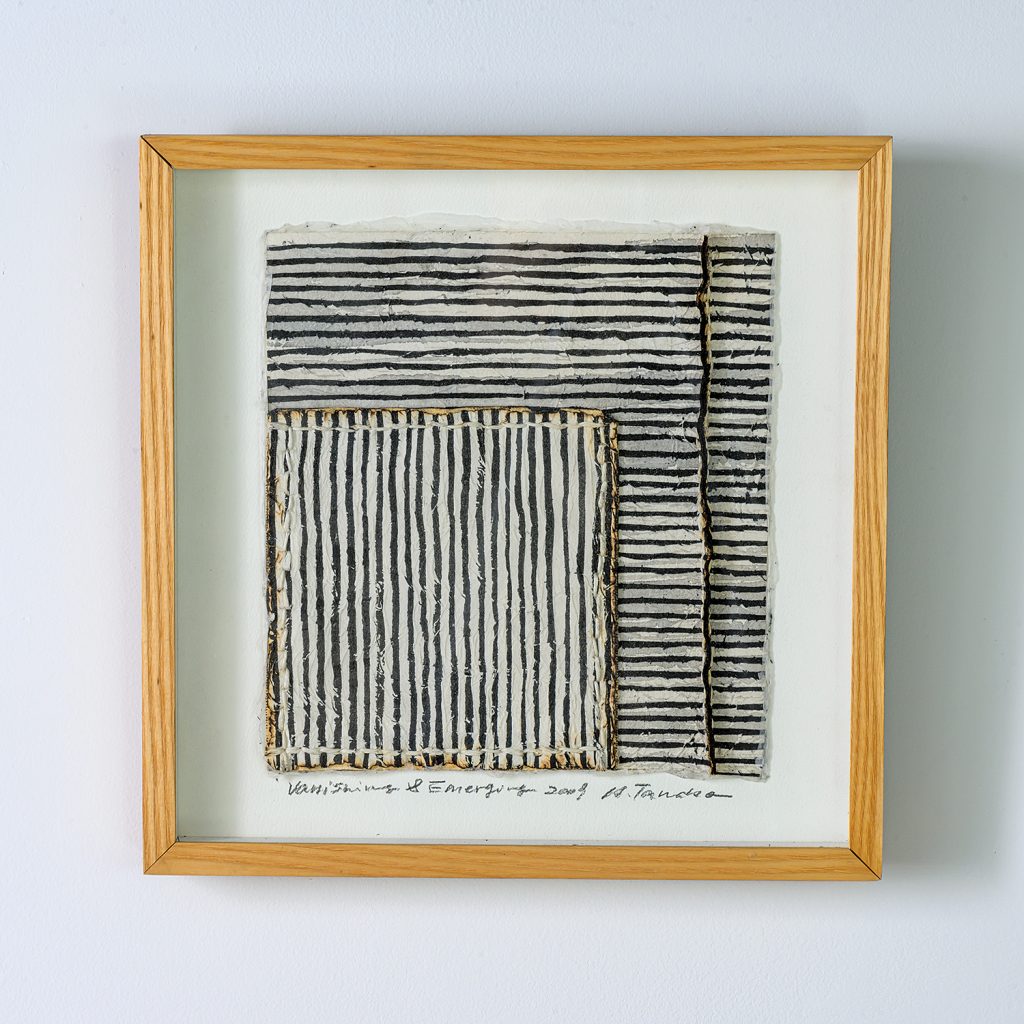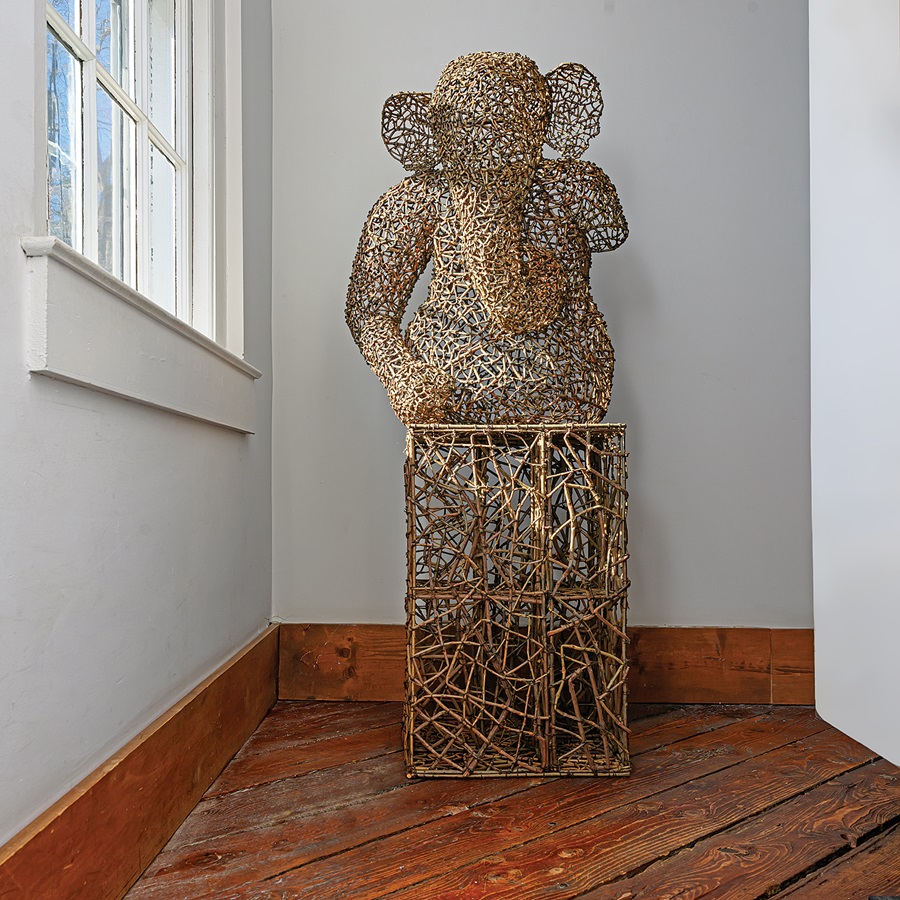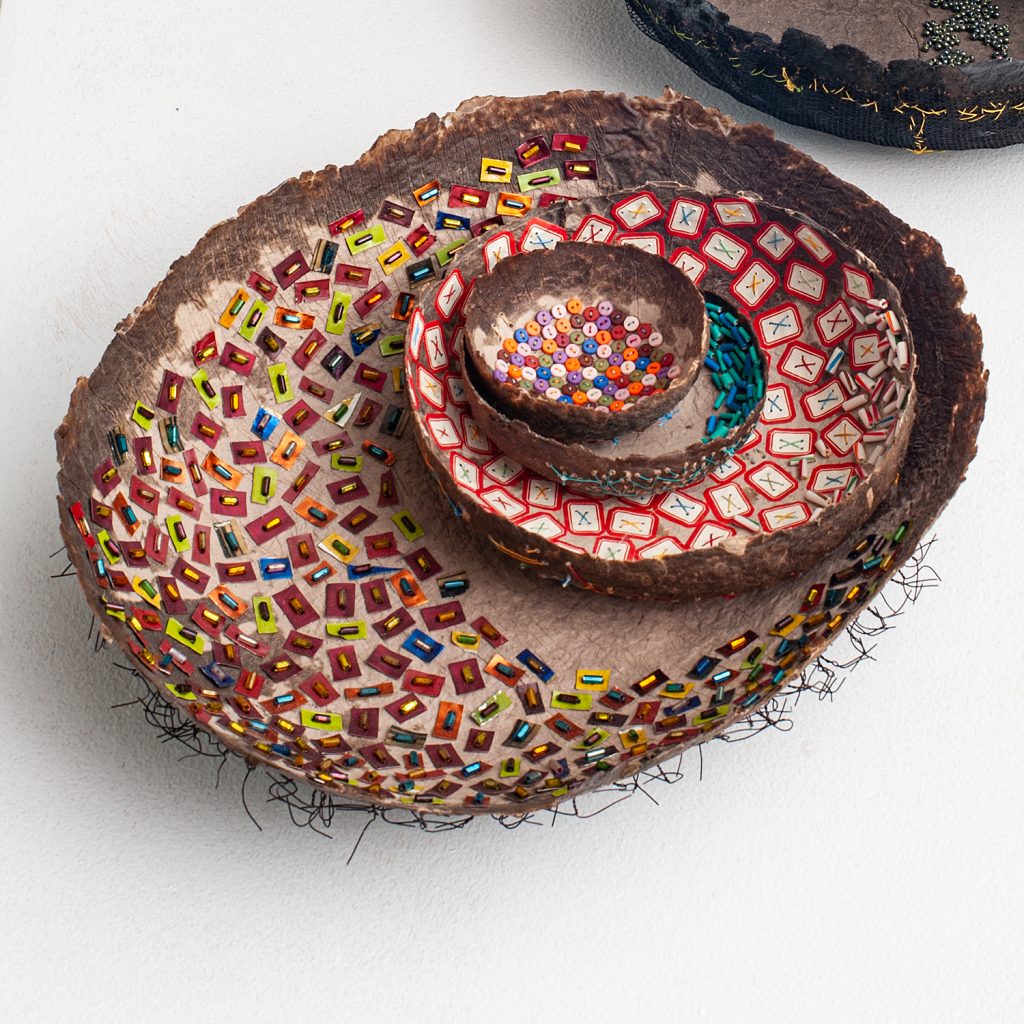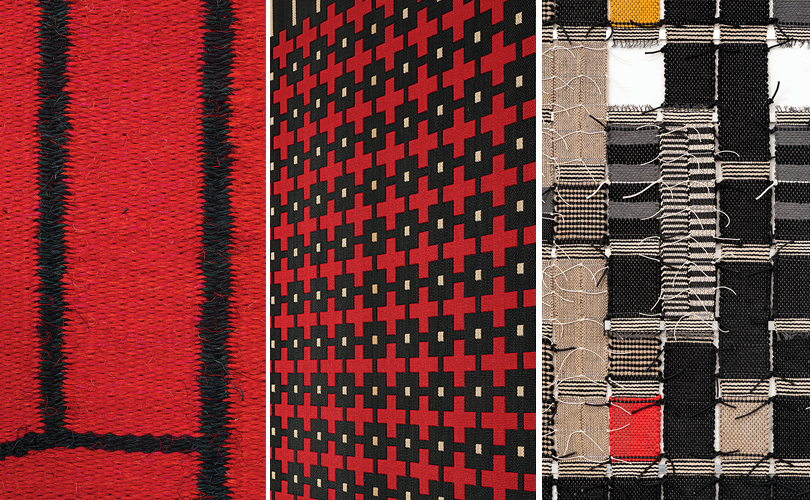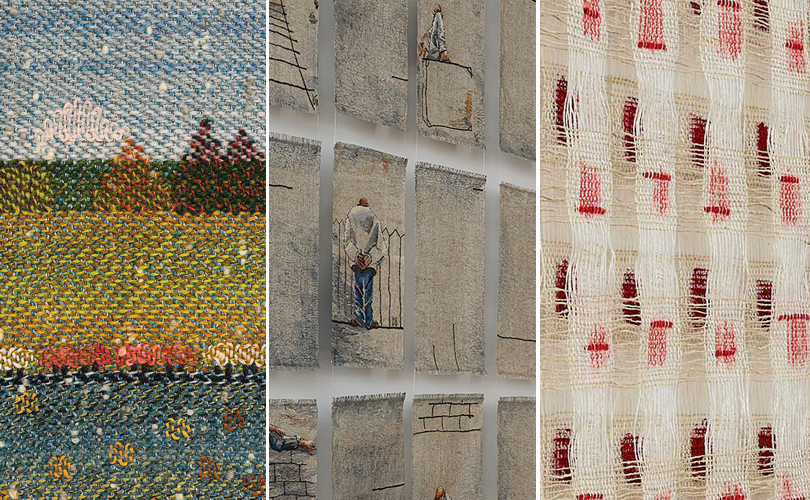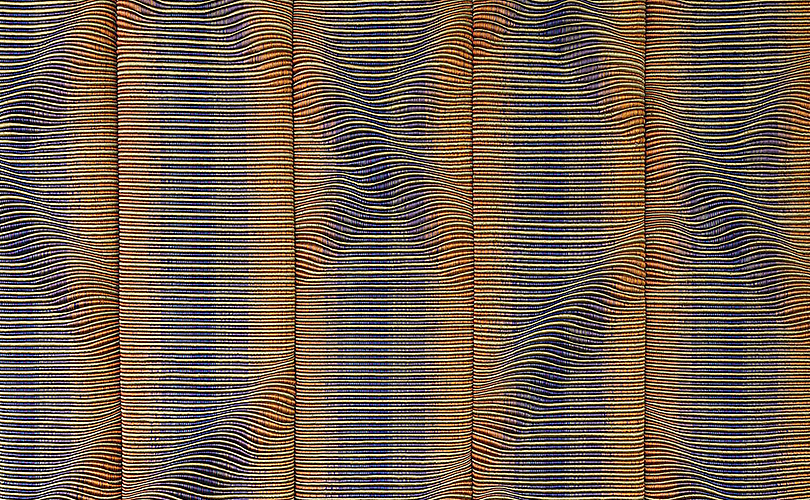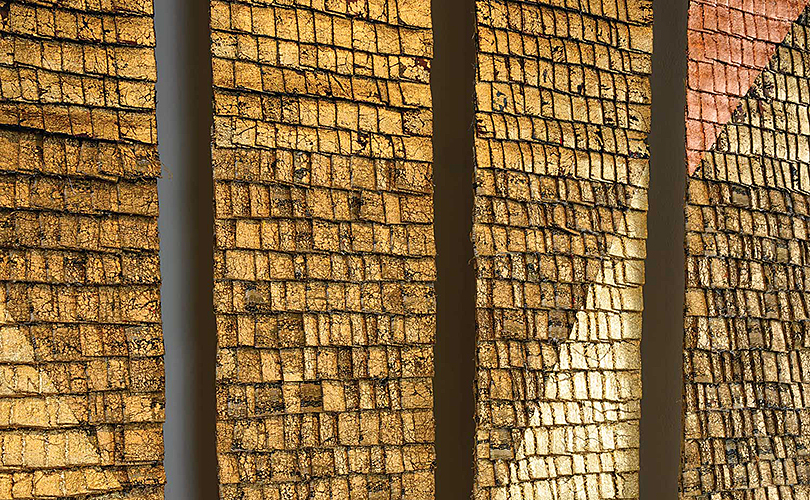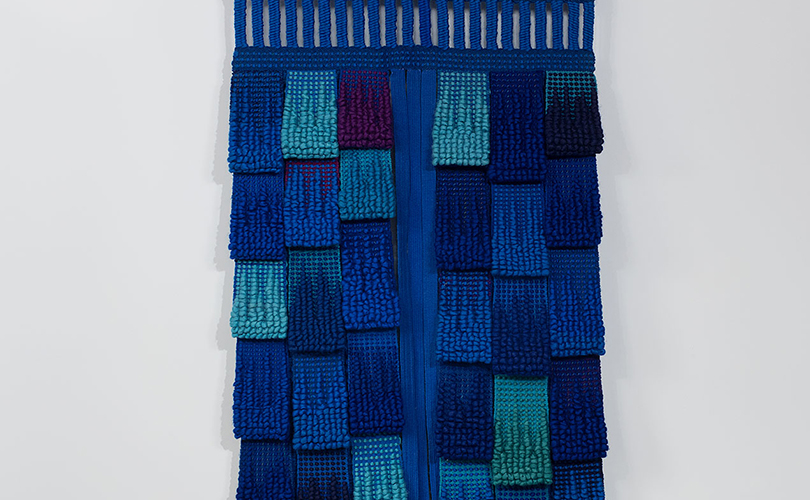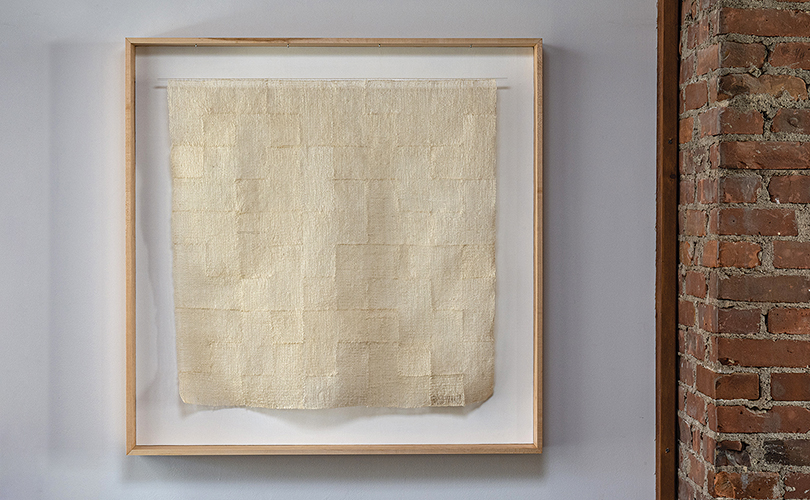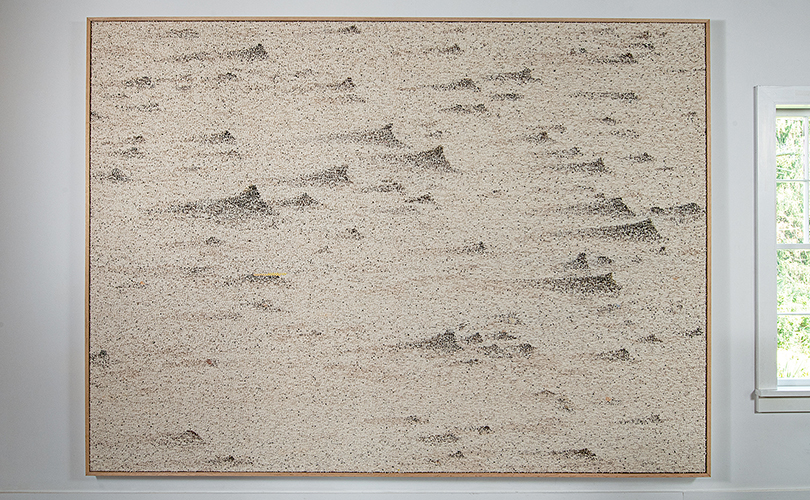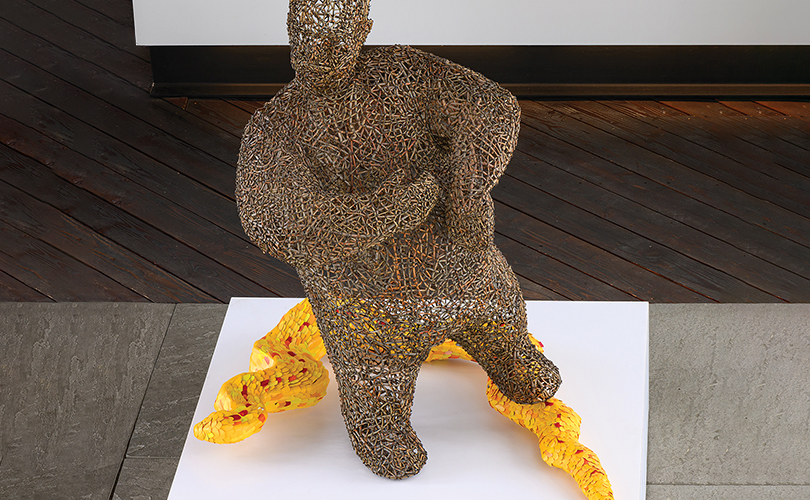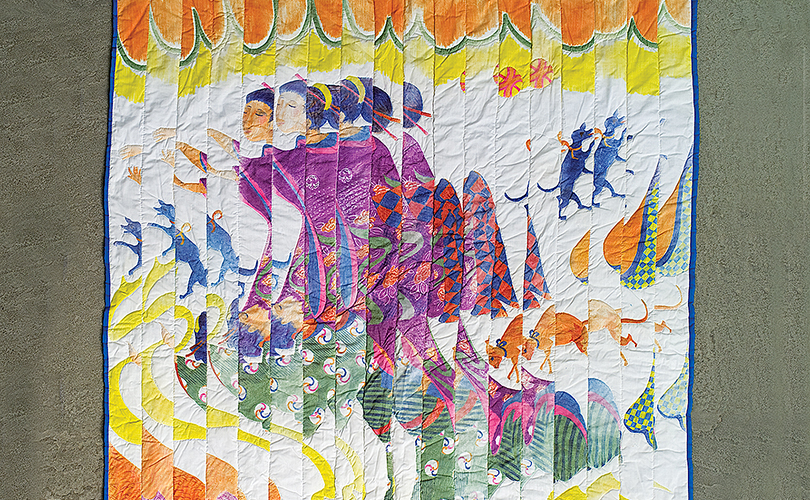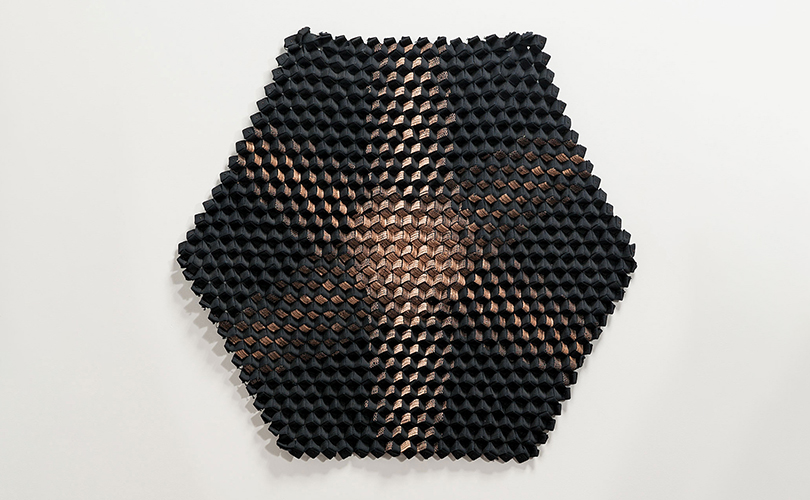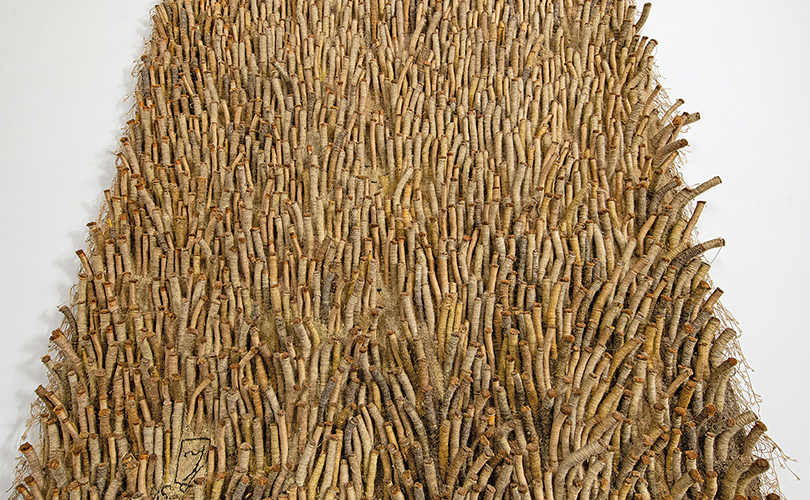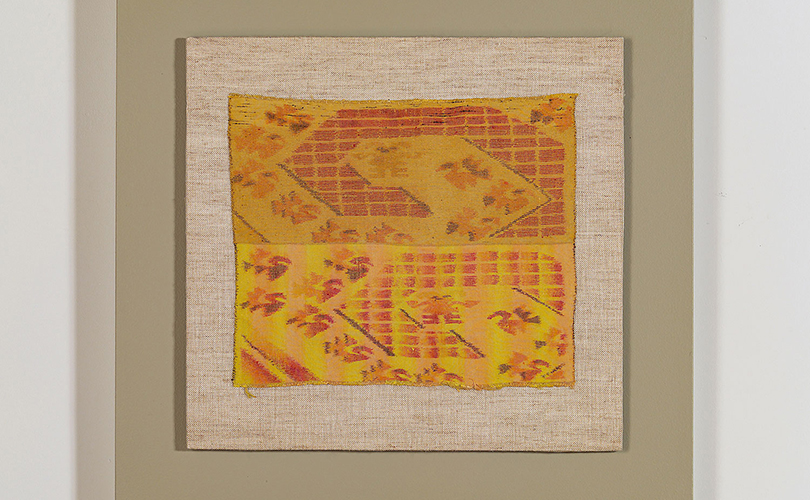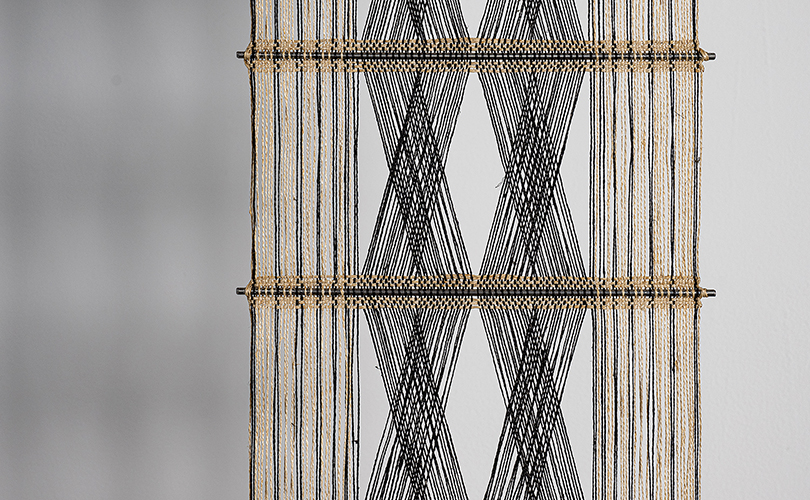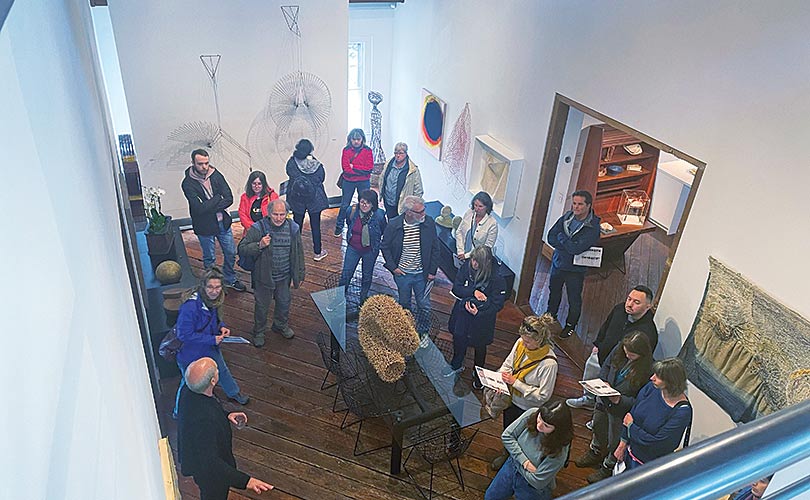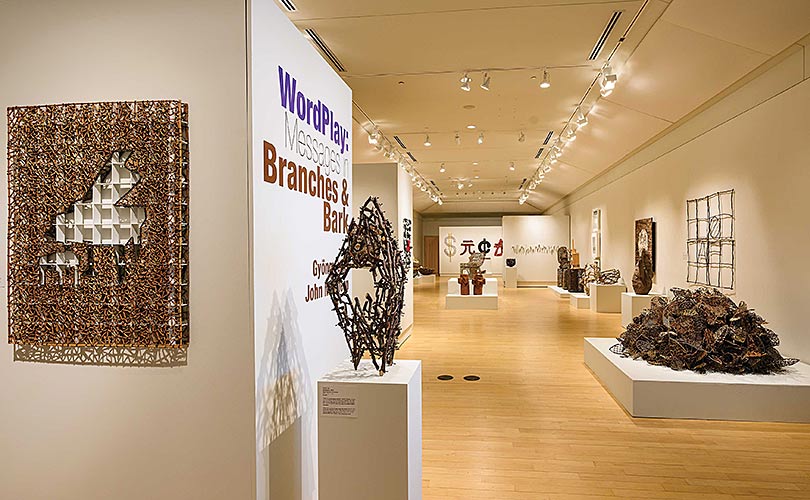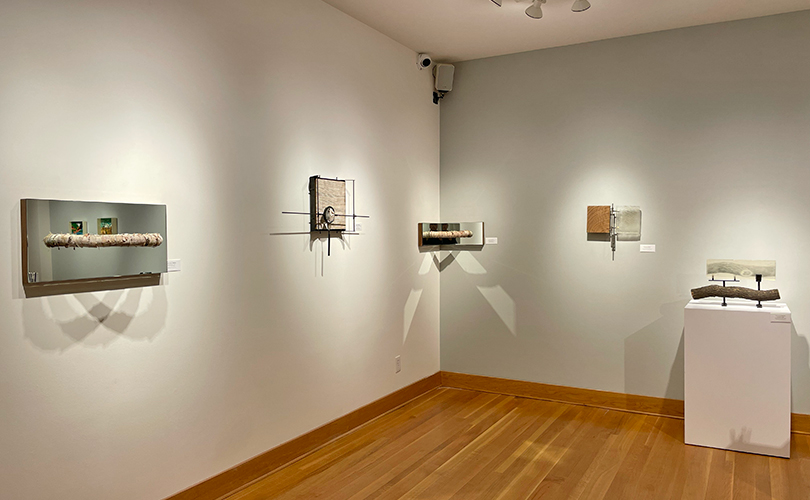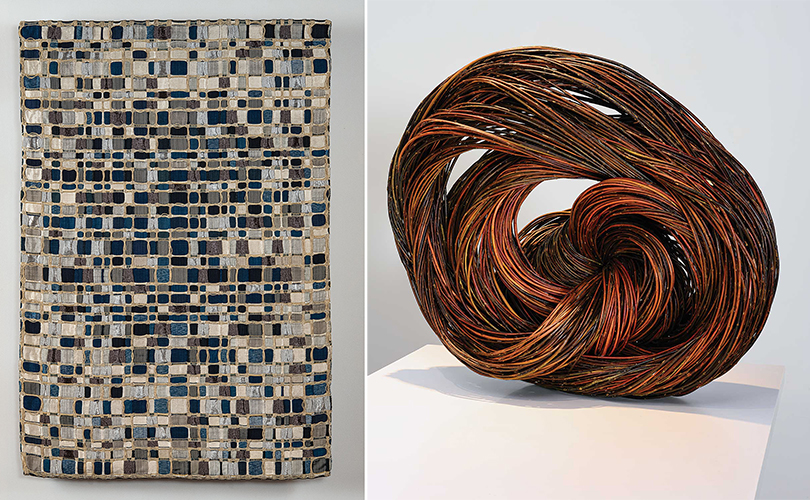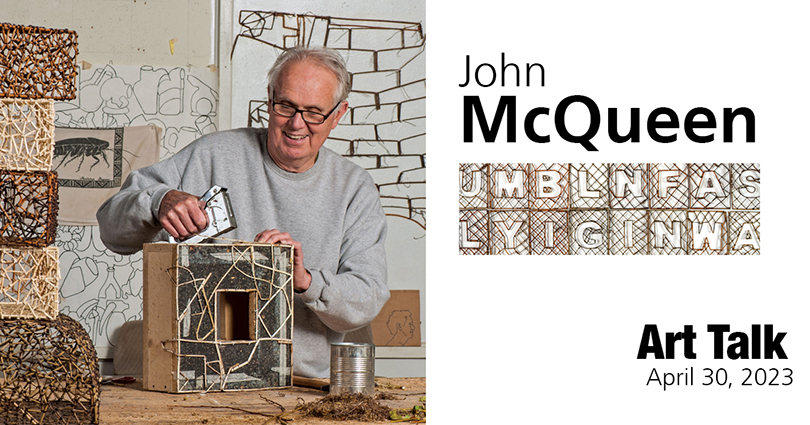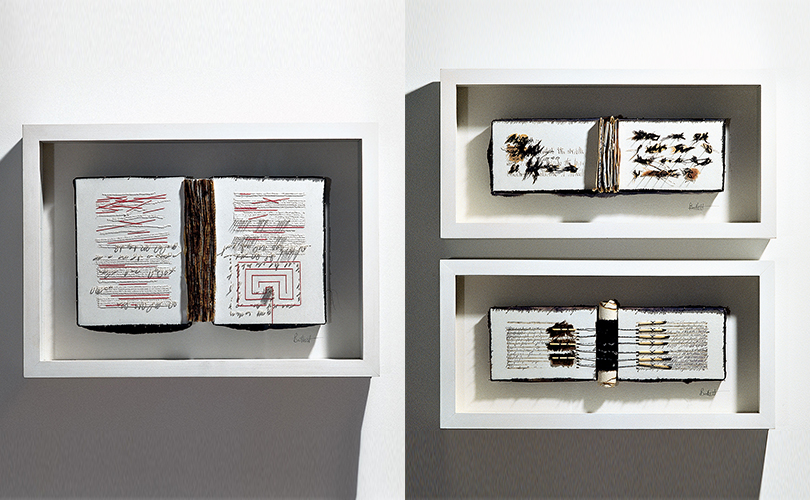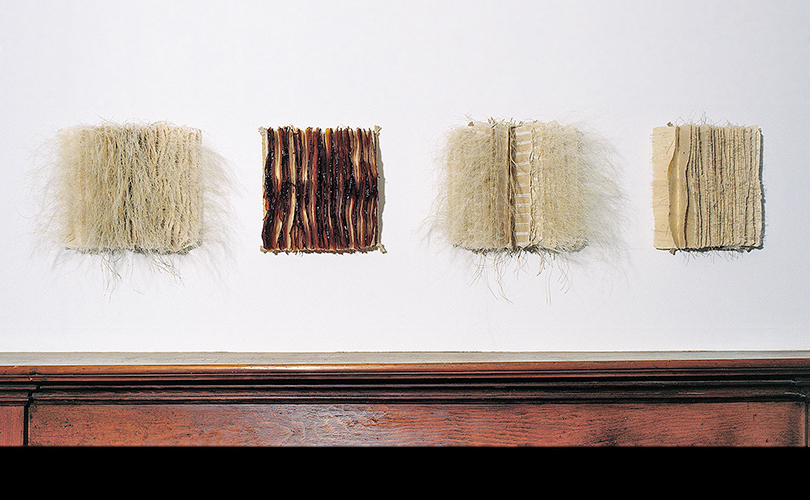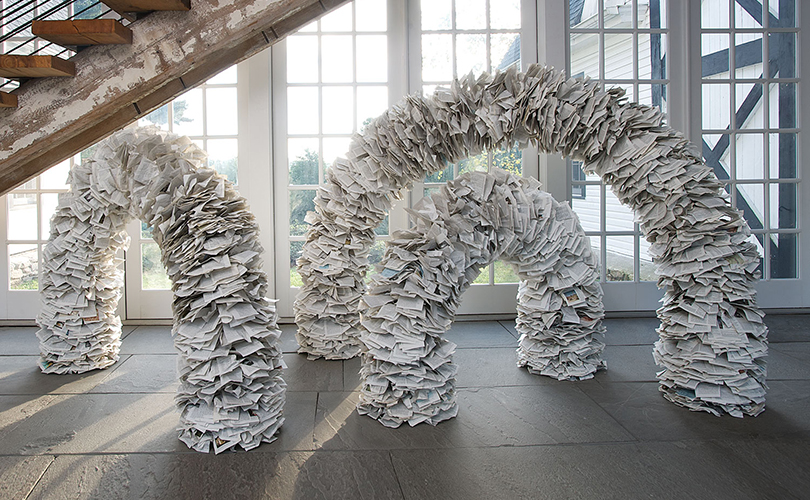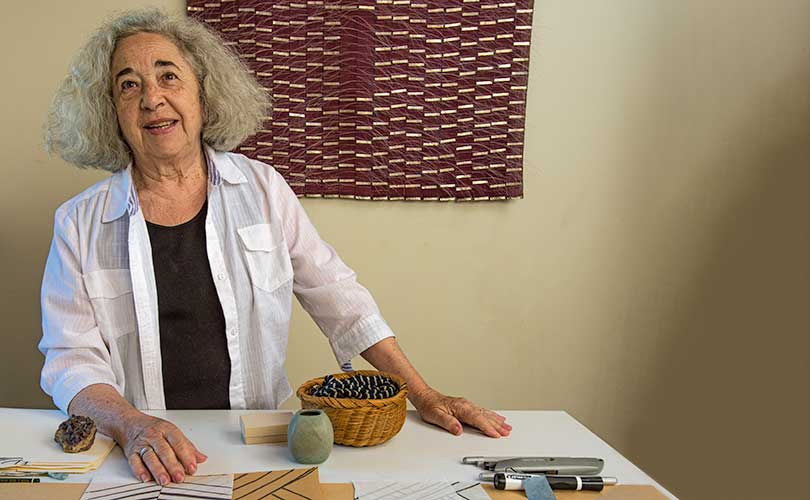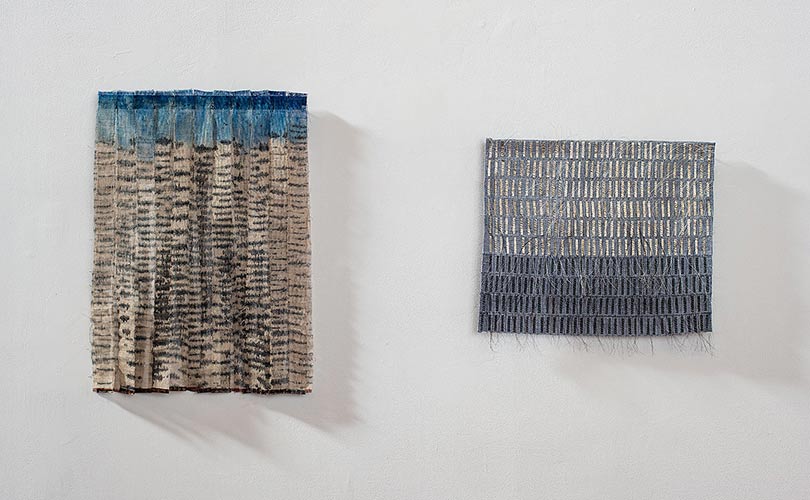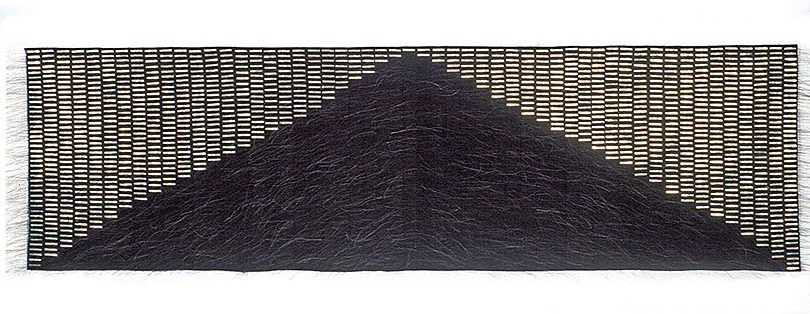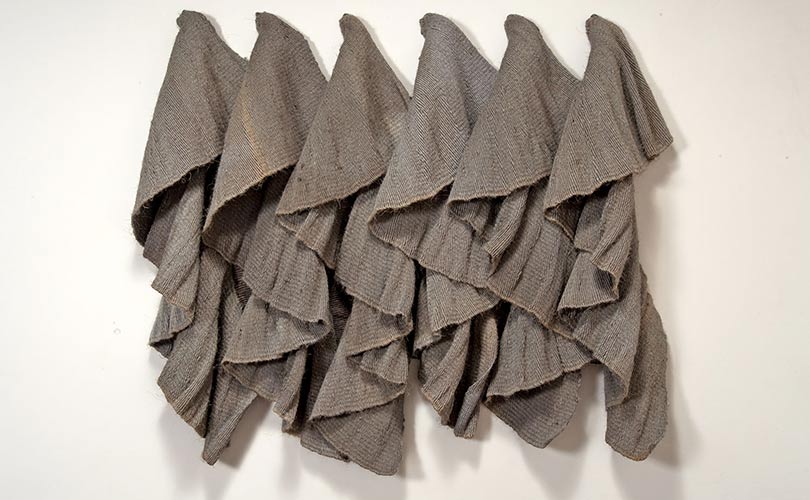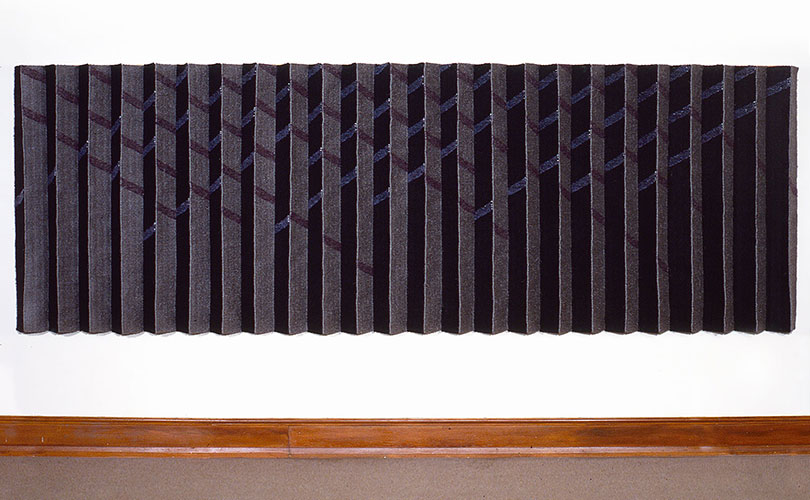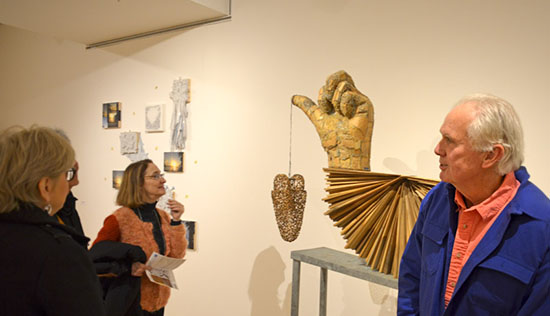
John McQueen talking about his piece “Teeter” at the opening of TOO: Melinda R. McDaniel and John McQueen, the exhibition opening
Last May, John McQueen was surprised to learn he had been awarded the second annual Established Artist award (for artists over 40 years old) from the Arts Center of the Capital Region in Troy, New York. McQueen, who has lived in the area for more than a dozen years, was pleased, telling Amy Biancolli of The Time Union, “You don’t know you’re up for it, so [it’s] the idea that I’m just here by myself, making stuff, and no one else in the Capital Region would even know – and suddenly I’m recognized.” Recognition has come from elsewhere before now, however. McQueen’s work is found in dozens of museums and private collections, including the Museum of Arts and Design in New York, the Racine Museum of Art in Wisconsin and the Philadelphia Art Museum in Pennsylvania. He is a Fellow of the the American Craft Council and a winner of the Master of the Medium award from the James Renwick Alliance, Smithsonian Institution, National Museum of American Art, Washington D.C.
TOO: Melinda R. McDaniel and John McQueen, the exhibition that accompanies the award, opened on Friday, January 30th at the Arts Center. McDaniel is the winner of the companion Emerging Arist award for 2014. In TOO, the two artists work in repetition within their chosen materials, meticulously creating pieces that concentrate on form and texture. McQueen’s three-dimensional works are made of natural
materials — twigs, bark, cardboard — he prides himself on not needing to go the arts supply store. In Too, his several-part sculpture, Teeter, includes shingles from a lake house and a hand, originally created as the mold for another project. Raillery is made of the corrugated cardboard that surrounded a Murphy bed. McQueen’s works invoke word and world associations. Some of these are made by the viewer, others are there in the artist’s intent. In Same Difference, for example, the juxtaposition of detailed sculptures of the Hindu god, Ganesh, a bonsai and a sump pump is visually engaging. When McQueen explains the simple and smart connection amongst the three —all soak up water, through a trunk, root system or a pump — the work can be appreciated on additional level. For Bird Brain, one is initially awed by the form — a book of cursive words created of tiny willow twigs tied with waxed linen — then challenged to decipher the names, like “Frogmouth,” and “Lyre bird.”
You have until March 31st to see TOO: Melinda R. McDaniel and John McQueen, http://www.artscenteronline.org/too-melinda-r-mcdaniel-john-mcqueen/13161/. Or see browngrotta arts’ online folio of the John McQueen works in the exhibition at: http://www.browngrotta.com/digitalfolios/McQueen.Digital%20Folio.2015/FLASH/index.html

